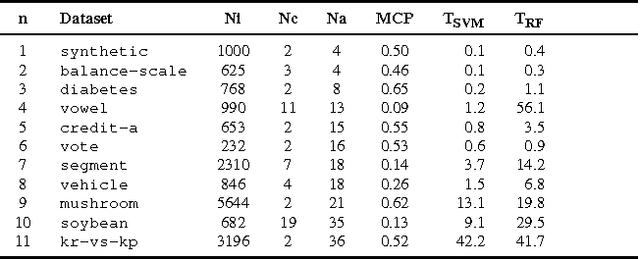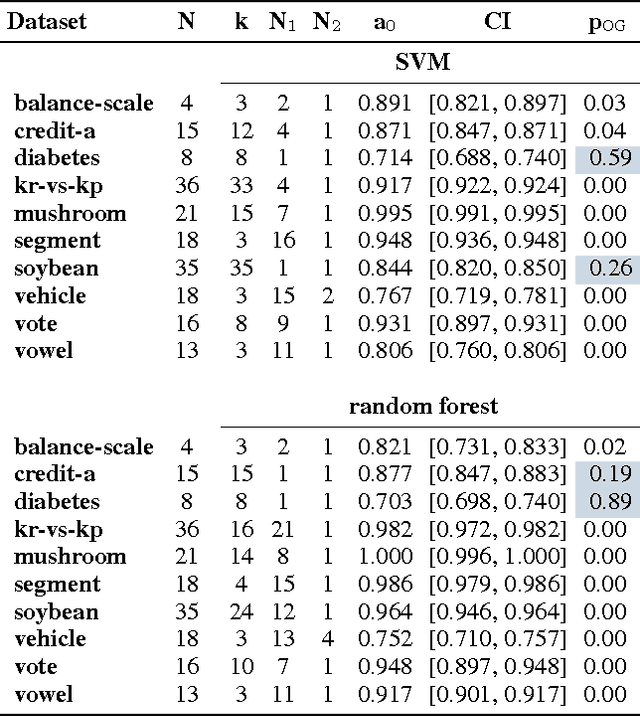Interpreting Classifiers through Attribute Interactions in Datasets
Paper and Code
Jul 24, 2017

In this work we present the novel ASTRID method for investigating which attribute interactions classifiers exploit when making predictions. Attribute interactions in classification tasks mean that two or more attributes together provide stronger evidence for a particular class label. Knowledge of such interactions makes models more interpretable by revealing associations between attributes. This has applications, e.g., in pharmacovigilance to identify interactions between drugs or in bioinformatics to investigate associations between single nucleotide polymorphisms. We also show how the found attribute partitioning is related to a factorisation of the data generating distribution and empirically demonstrate the utility of the proposed method.
 Add to Chrome
Add to Chrome Add to Firefox
Add to Firefox Add to Edge
Add to Edge